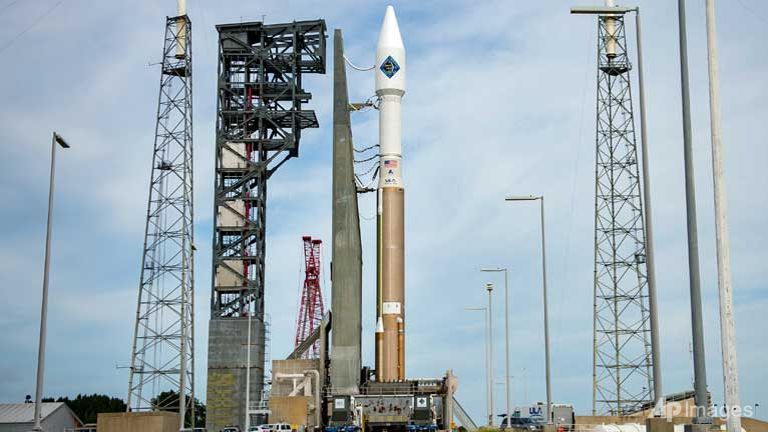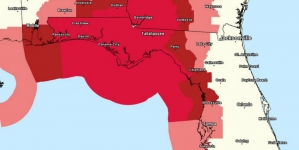-
Tips for becoming a good boxer - November 6, 2020
-
7 expert tips for making your hens night a memorable one - November 6, 2020
-
5 reasons to host your Christmas party on a cruise boat - November 6, 2020
-
What to do when you’re charged with a crime - November 6, 2020
-
Should you get one or multiple dogs? Here’s all you need to know - November 3, 2020
-
A Guide: How to Build Your Very Own Magic Mirror - February 14, 2019
-
Our Top Inspirational Baseball Stars - November 24, 2018
-
Five Tech Tools That Will Help You Turn Your Blog into a Business - November 24, 2018
-
How to Indulge on Vacation without Expanding Your Waist - November 9, 2018
-
5 Strategies for Businesses to Appeal to Today’s Increasingly Mobile-Crazed Customers - November 9, 2018
Atlas V rocket launches from Cape Canaveral
After a series of delays, the United Launch Alliance Atlas V rocket carrying the Orbital ATK Cygnus cargo ship lifted off from its launch pad in Cape Canaveral, Florida at 4:44 p.m. ET Sunday.
Advertisement
An unmanned rocket loaded with 3356kg of cargo for the International Space Station – the first U.S. shipment in months – was grounded by unsafe gusts on Saturday.
Rocket/Payload: A United Launch Alliance Atlas V 401 will launch Orbital ATK’s Cygnus™ spacecraft on the initial leg of its cargo resupply mission to the International Space Station (ISS). The second Cygnus/Atlas V launch will take place next spring from Florida, followed by the return of operations to NASA’s Wallops Flight Facility in mid-2016 where the company will continue CRS missions atop the upgraded Antares rocket.
This is the first mission for the Cygnus spacecraft since the previous one was destroyed in October 2014 by an Antares rocket explosion. Its rocket failed in June.
The spacecraft is carrying the most cargo ever packed onto a barrel-shaped Cygnus, with some 7,300 pounds (3,300 kilograms) of gear, including science experiments, ready-made food, a jet pack for spacewalking astronauts and even a satellite made by elementary school students. The space station’s commander, NASA astronaut Scott Kelly, watched the launch from orbit.
Today’s launch was the ninth and final Atlas 5 flight of the year, the 12th and last for United Launch Alliance in 2015. The Cygnus spacecraft, on a mission designated OA-4, separated from the rocket’s upper stage 21 minutes after liftoff after entering orbit 230 kilometers above the Earth. NASA aims to keep a six-month supply of food aboard and is now down to a four-month cushion.
The two USA launch accidents, plus a failed Russian cargo run in April, have left the station’s storage bins a bit empty.
Station astronaut and NASA flight engineer Kjell Lindgren, operating the Canadian-built robotic arm, will grab Cygnus around 6:10 a.m. for attachment to the Unity connecting module three hours later. At the time of ignition, the station was flying just off the east coast of the U.S.
Now, all the spacesuits, along with jetpacks and high pressure oxygen tanks and nitrogen tanks will be replenished from this cargo resupply mission, which have not been replaced since the last space shuttle mission in 2011.
Advertisement
A new microsatellite deployment system and a microsatellite will be sent to the ISS for the first time and will have to be floated through the station for deployment out of an airlock.




























